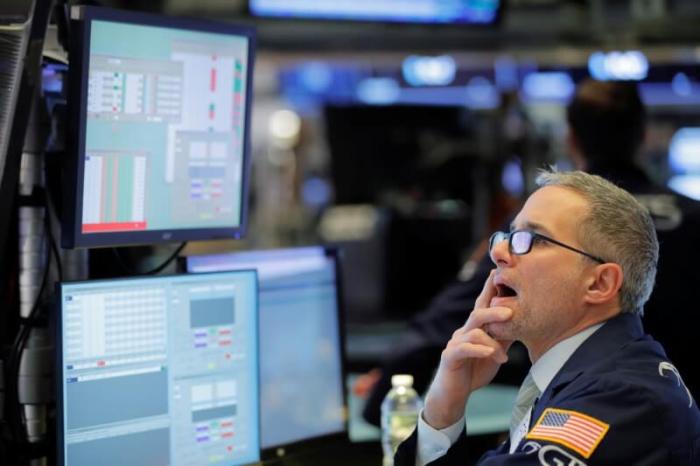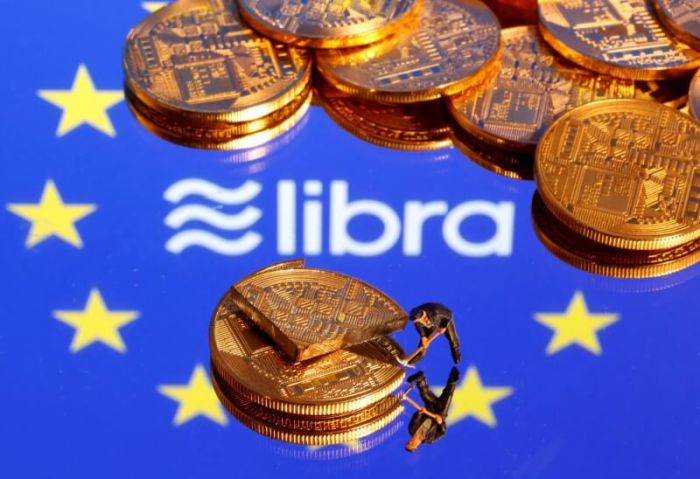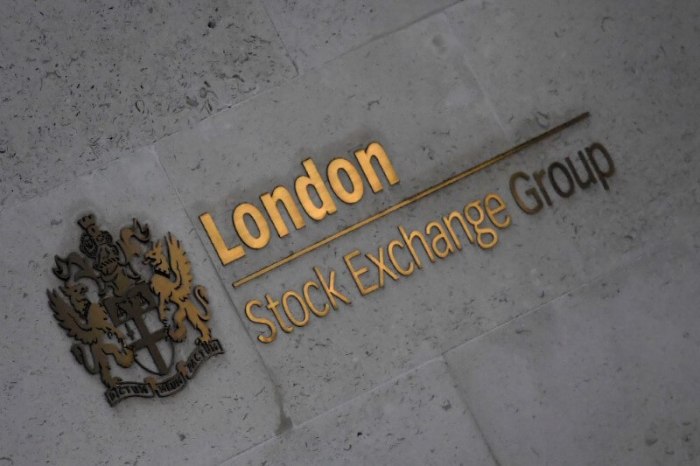By Tommy Wilkes
LONDON (Reuters) – The Japanese yen and Swiss franc pulled back from recent highs on Tuesday as investors judged that the chances of an all-out conflict between the United States and Iran had fallen.
The safe-haven yen fell from a three-month high versus the dollar, although sentiment remains fragile due to continued worries about a further deterioration in relations between the U.S. and Iran.
A U.S. drone strike in Baghdad on Friday killed Iranian military commander Qassem Soleimani, widely seen as Iran’s second most powerful figure.
The Swiss franc, another go-to currency when investors are nervous, fell from four-month highs against the euro and dropped versus the dollar.
Equity markets, which had weakened on Monday, rebounded.
“Since no further bad news from the Middle East followed, markets have calmed down somewhat and panic moves like in the USD or the JPY have been corrected,” Commerzbank analysts said.
The dollar rose 0.1% to 108.46 yen, leaving the Japanese currency some way from its high on Monday of 107.77
The Swiss franc weakened 0.4% versus the dollar to 0.9712 francs The dollar, which fell on Monday, gained, with the euro down 0.2% to $1.1176 The U.S. currency, the world’s most liquid, is often bought in times of market flux, but its performance has been mixed in recent sessions – slightly better-than-expected euro zone business survey data on Monday supported the euro. Against a basket of currencies the dollar index firmed marginally to 96.712 <.DXY>.
The euro was little moved by data showing inflation in the euro zone had accelerated in December and retail sales were stronger than expected.
Recent survey data has pointed to improving investor and business confidence in the euro zone.
“These are certainly positive signs and consistent at least with tentative stabilization and potentially some improvement in activity heading into 2020. The improving euro-zone data flow is providing more support for the euro,” MUFG analysts said. U.S. trade balance data, factory orders, and numbers from the services sector are also due later.
Elsewhere, sterling bobbed around the $1.3160 The onshore yuan The offshore yuan gained 0.5% to 6.9293 yuan per dollar The U.S. and China are expected to sign a preliminary deal on Jan. 15 to de-escalate a prolonged trade war.
Australia’s dollar sunk 0.9% to $0.6876 (Editing by Ed Osmond)


















